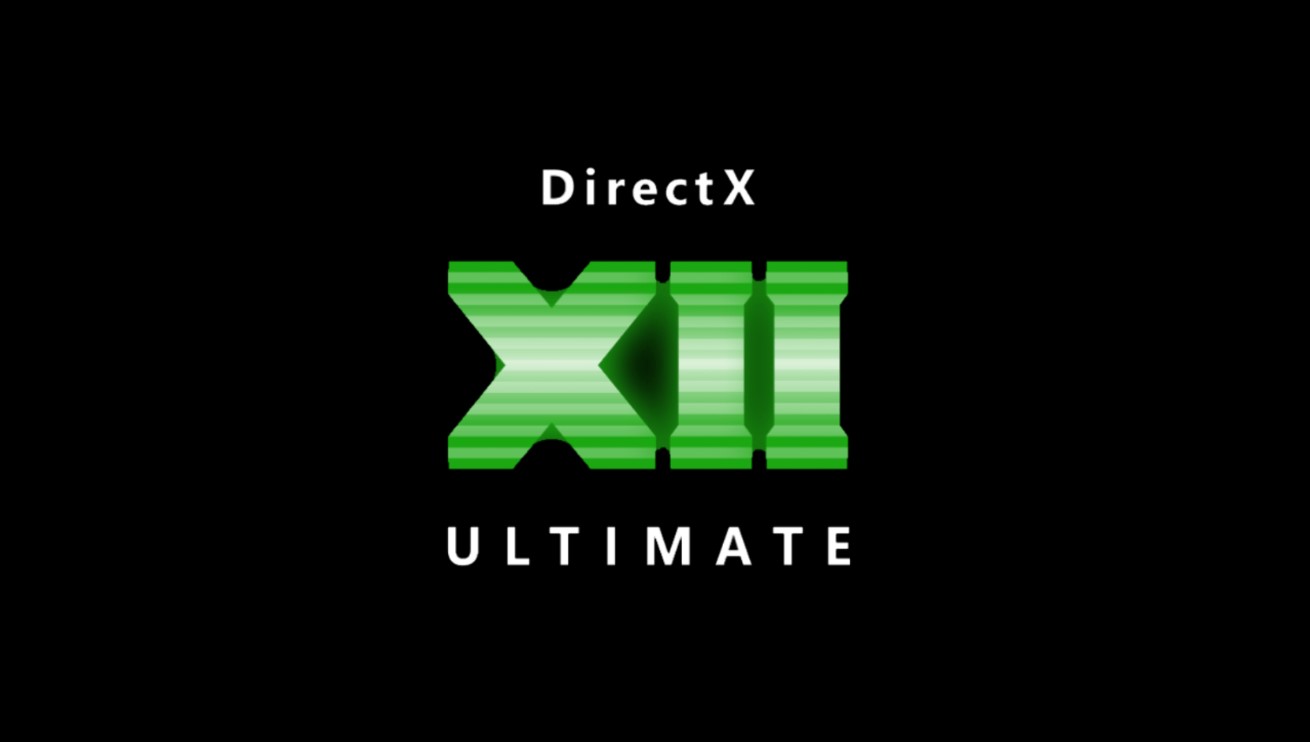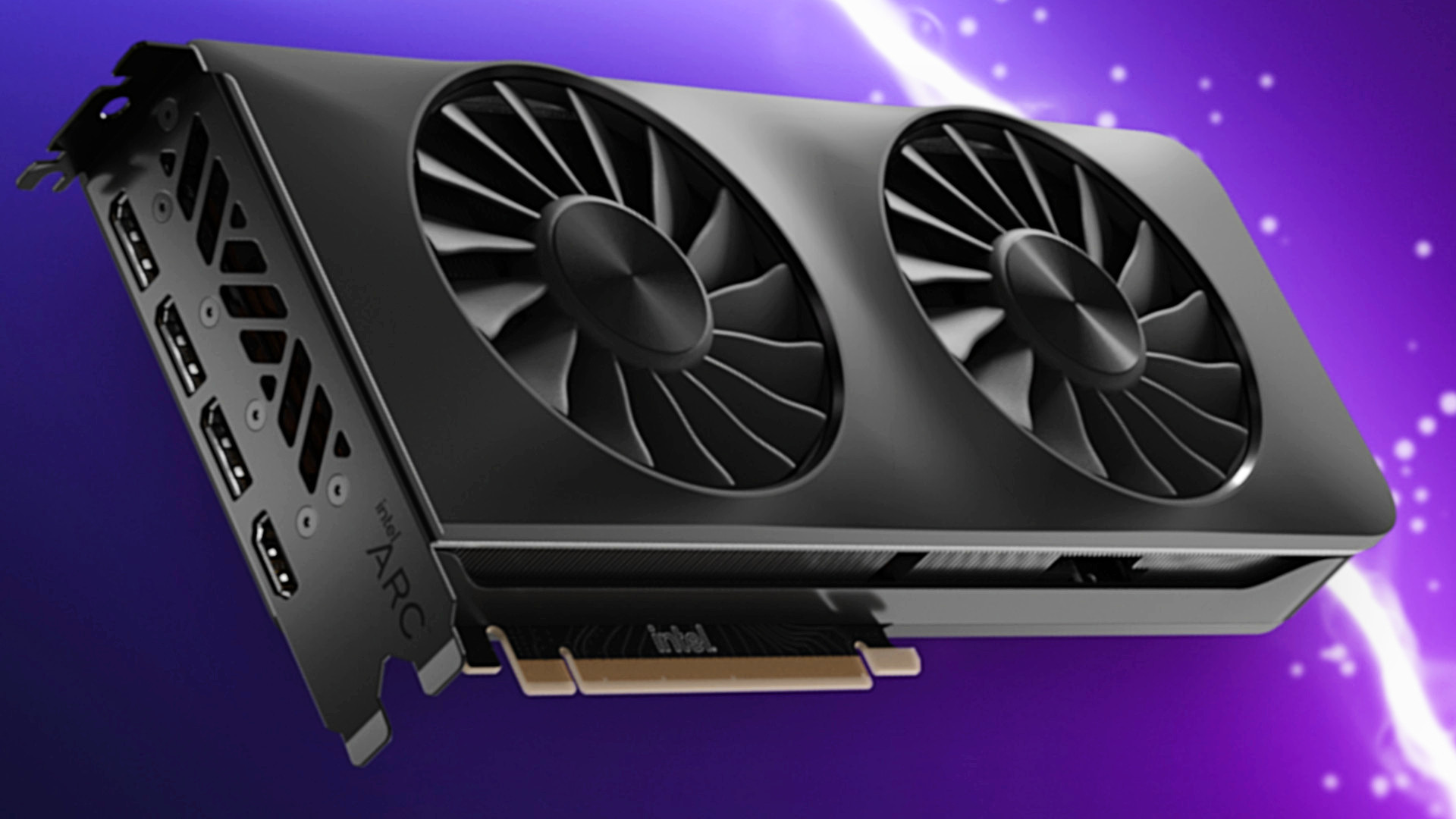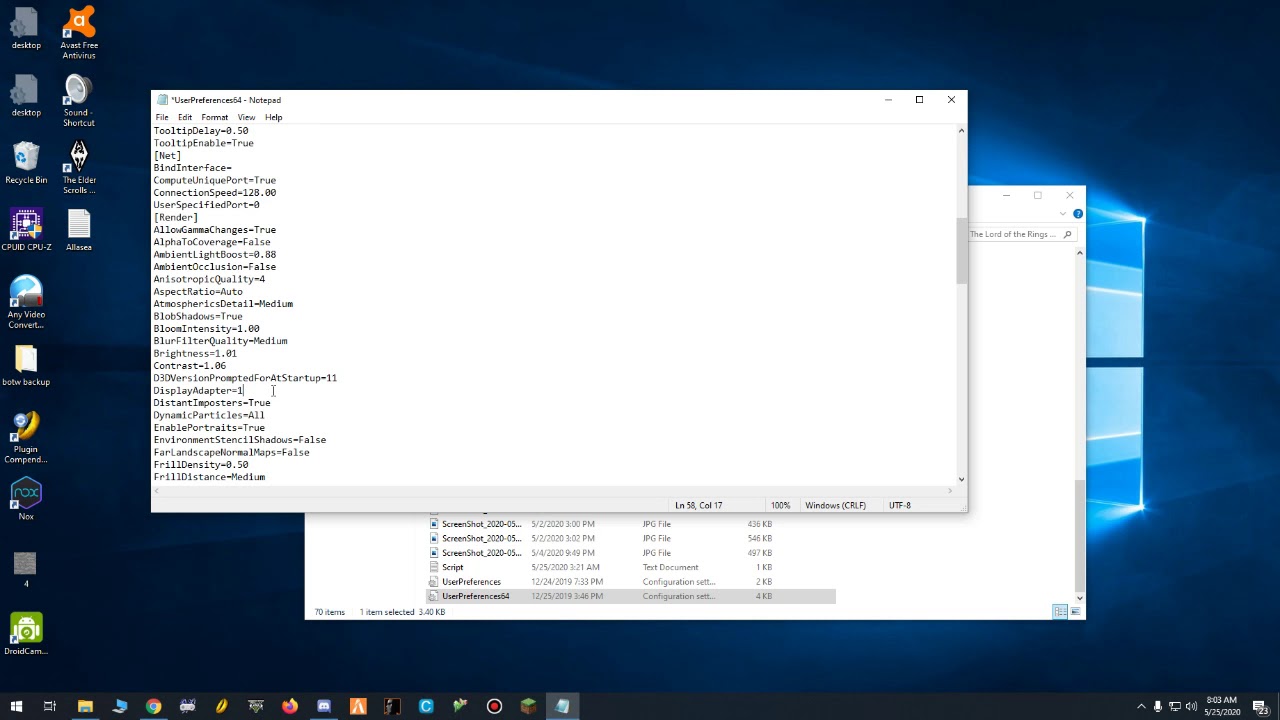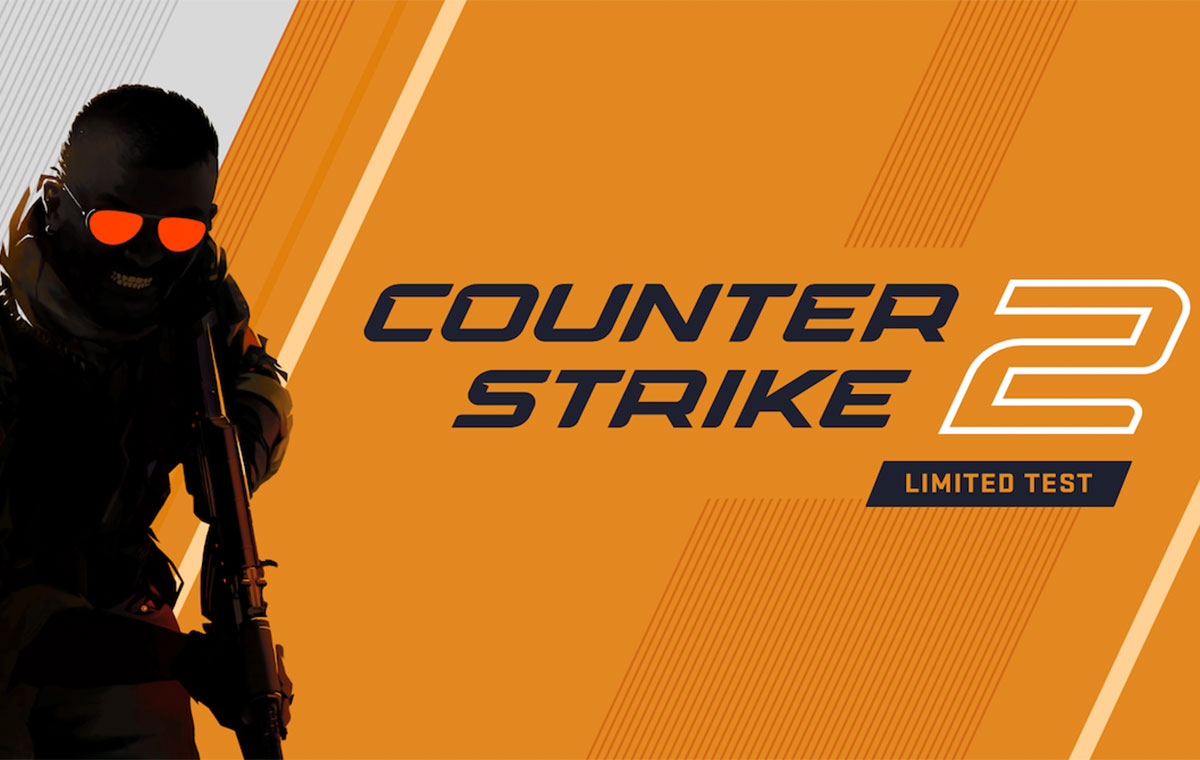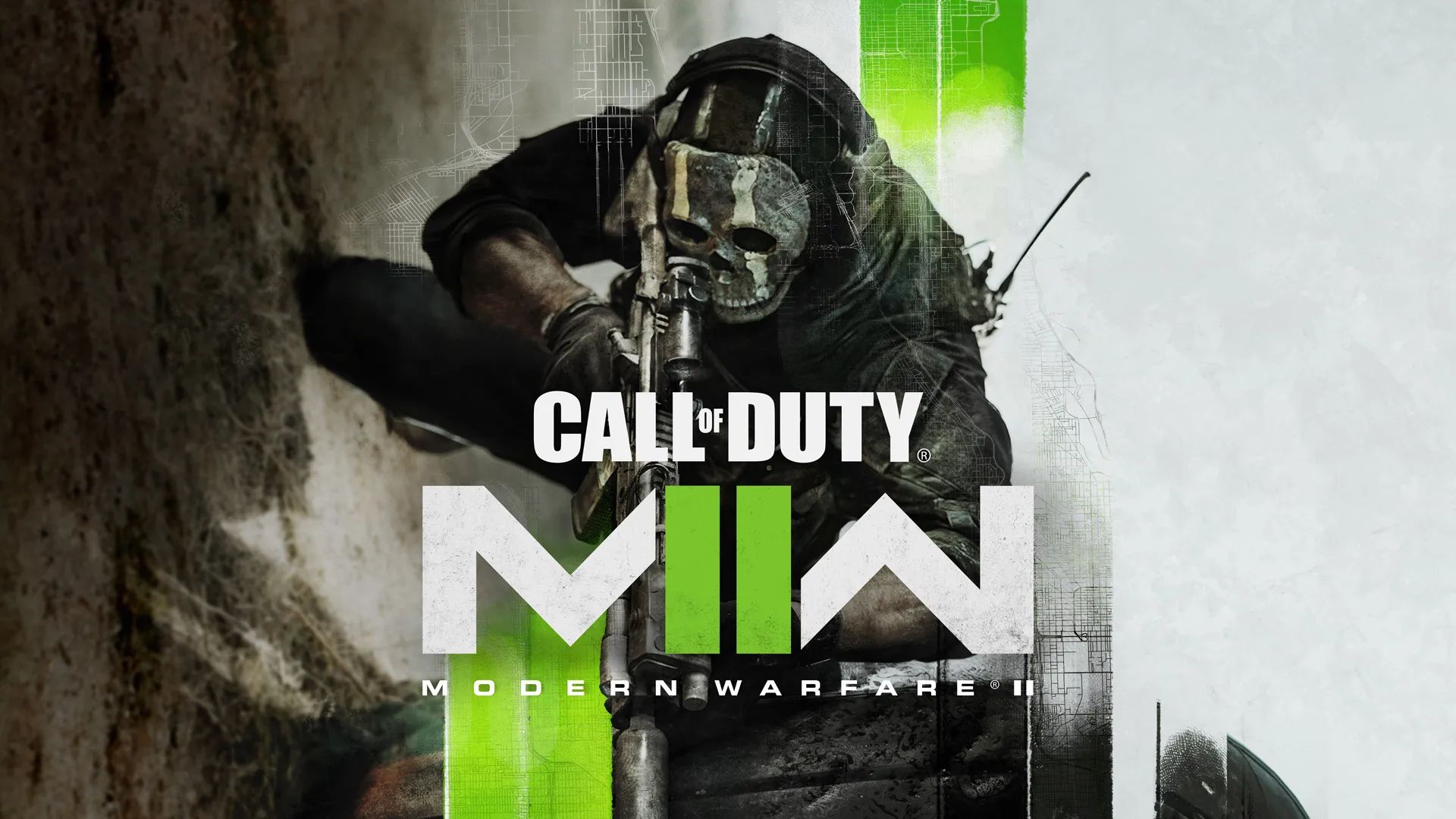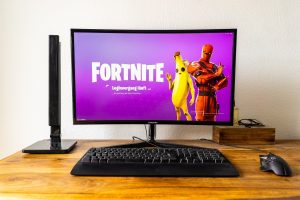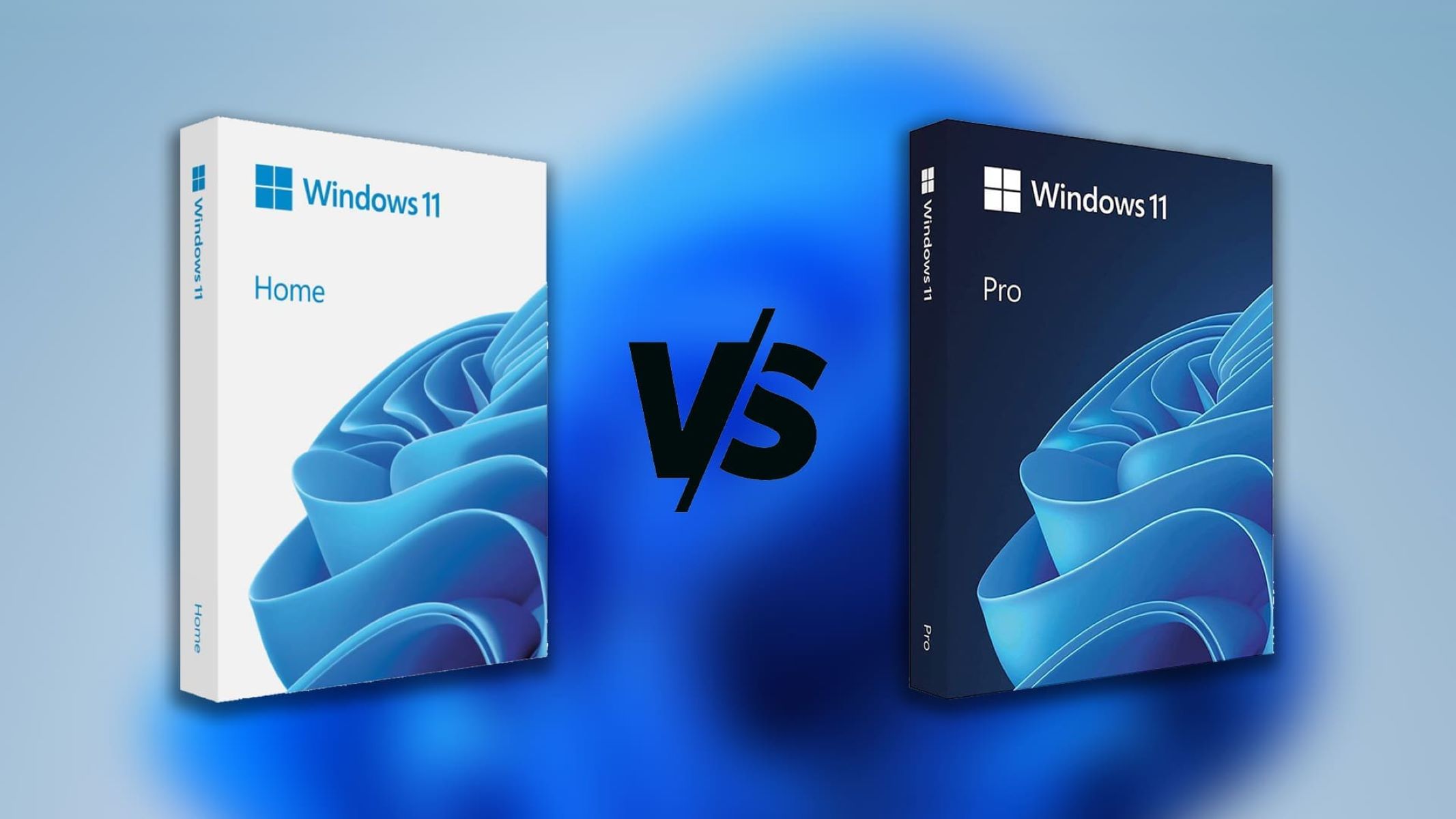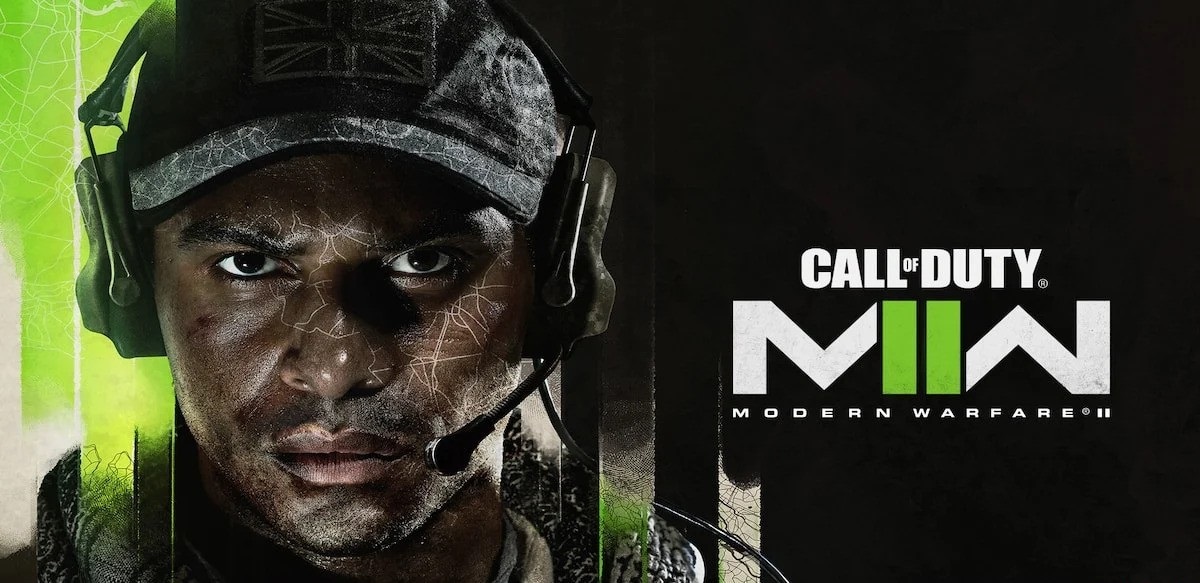Introduction
DirectX 12 is an essential software component for gamers and multimedia enthusiasts alike. Developed by Microsoft, DirectX 12 is a collection of application programming interfaces (APIs) that allow software, including games, to communicate with the hardware components of your computer. With each new version, DirectX improves the performance and capabilities of your graphics card, enhancing your gaming and multimedia experience.
In this article, we will guide you through the process of downloading and installing DirectX 12 on your computer. Whether you are a seasoned gamer or simply want to ensure you have the latest software for your multimedia needs, this guide will walk you through the necessary steps to get DirectX 12 up and running.
Before we dive into the details, it’s important to note that DirectX 12 is only available for Windows operating systems. If you are using a different operating system, such as macOS or Linux, DirectX 12 will not be compatible with your system. Windows users, on the other hand, can take advantage of the latest features and optimizations offered by DirectX 12.
Now, let’s move on to the system requirements to ensure your computer meets the necessary specifications for installing DirectX 12.
What is DirectX 12?
DirectX 12 is a powerful graphics and multimedia API developed by Microsoft. It provides developers with a set of tools and libraries to create visually stunning and immersive experiences in games, videos, and other multimedia applications. DirectX 12 builds upon the success of its predecessors, offering enhanced performance, improved graphics rendering, and better utilization of hardware resources.
One of the key benefits of DirectX 12 is its ability to take advantage of the multi-threaded capabilities of modern CPUs. This means that it can distribute the workload more efficiently across multiple cores, resulting in increased performance and smoother gameplay. DirectX 12 also introduces a new feature called “Explicit Multiadapter,” which allows developers to harness the power of multiple graphics cards simultaneously, further boosting performance and enabling more advanced graphics rendering techniques.
Besides improving performance, DirectX 12 introduces several new features and enhancements that contribute to a better visual experience. It includes support for advanced shading techniques, such as tessellation and global illumination, allowing for more realistic and detailed graphics. DirectX 12 also introduces a new feature called “DirectX Raytracing,” which enables real-time ray tracing, a technique used to simulate the behavior of light to create more accurate reflections, shadows, and other visual effects.
In addition to its graphical capabilities, DirectX 12 also provides developers with audio APIs for creating immersive sound effects and spatial audio. It supports advanced audio technologies, such as Dolby Atmos, allowing users to experience realistic and immersive audio in their favorite games and multimedia applications.
DirectX 12 is designed to be backward compatible with previous versions of DirectX, ensuring that older games and applications can still benefit from the improved performance and features. However, for optimal performance and compatibility, it is recommended to have the latest version of DirectX installed on your computer.
Now that we have a better understanding of what DirectX 12 is and its capabilities, let’s move on to the system requirements to ensure your computer is ready for the installation process.
System Requirements
Before you begin the process of downloading and installing DirectX 12, it’s important to ensure that your computer meets the necessary system requirements. DirectX 12 has specific hardware and software requirements that need to be met in order for it to function properly.
Here are the minimum system requirements for DirectX 12:
- Operating System: DirectX 12 is exclusively available for Windows operating systems. It is compatible with Windows 10 and later versions.
- Processor: Your computer should have a processor that supports DirectX 12. Most modern CPUs, including those from Intel and AMD, meet this requirement.
- Memory: A minimum of 4 gigabytes (GB) of RAM is recommended to run DirectX 12 smoothly. However, for optimal performance, it is recommended to have at least 8 GB of RAM.
- Graphics Card: DirectX 12 requires a graphics card that supports DirectX 12 features. Most newer graphics cards from AMD and NVIDIA support DirectX 12. It’s important to check the specifications of your graphics card to ensure compatibility.
- Storage: You will need free disk space to download and install DirectX 12. The exact amount of storage required may vary depending on your system and the version of DirectX 12 you are installing.
It’s worth noting that while DirectX 12 has minimum system requirements, it’s recommended to have a more powerful system if you want to fully experience the benefits and capabilities of DirectX 12. A faster processor, more RAM, and a high-performance graphics card will contribute to smoother gameplay, improved graphics rendering, and overall better performance.
Now that you are aware of the system requirements, let’s move on to the step-by-step process of checking your current DirectX version.
Step 1: Check Your Current DirectX Version
Before you proceed to download DirectX 12, it’s important to check the current version of DirectX installed on your computer. This will help you determine if an update is necessary and ensure that you have the latest version of DirectX for optimal performance.
Here’s how you can check your current DirectX version:
- Press the Windows key + R on your keyboard to open the Run dialog box.
- Type “dxdiag” in the text field and click OK.
- The DirectX Diagnostic Tool will open. It may take a few moments to gather information about your system.
- Navigate to the “System” tab and look for the “DirectX Version” field.
- The number displayed in the DirectX Version field represents the version of DirectX installed on your computer.
If the DirectX version displayed is 12 or higher, then you already have DirectX 12 installed and there is no need to proceed with the installation. However, if the version displayed is lower than 12, then you will need to update your DirectX installation to experience the latest features and optimizations.
It’s important to note that DirectX is typically updated along with Windows updates. So, if you regularly update your Windows operating system, it’s likely that you already have the latest version of DirectX installed. However, it’s always a good idea to verify the version to be certain.
Now that you have checked your current DirectX version, we can move on to the next step: downloading DirectX 12.
Step 2: Downloading DirectX 12
Once you have confirmed that your current version of DirectX is lower than version 12, you can proceed with downloading DirectX 12. Microsoft provides an official download page from which you can obtain the latest version of DirectX.
Follow these steps to download DirectX 12:
- Open your preferred web browser and go to the official Microsoft DirectX End-User Runtime Web Installer page.
- On the download page, you will see a button labeled “Download“. Click on it to initiate the download process.
- The download should begin automatically, but if it doesn’t, you can click on a link provided on the page to start the download manually.
- Wait for the download to complete. The file size is relatively small, so it shouldn’t take long, depending on your internet connection speed.
Once the download is complete, you are ready to move on to the next step: installing DirectX 12.
It’s important to mention that there are no separate DirectX installers for different versions like DirectX 12. Microsoft provides a unified installer that includes all the necessary files for the latest version. This means that when you download and install DirectX 12, it will automatically update any previous versions you might have.
Now that you have successfully downloaded DirectX 12, let’s move on to the installation process in the next step.
Step 3: Installing DirectX 12
Now that you have downloaded the DirectX 12 installer, you can proceed with the installation process. Installing DirectX 12 is a simple and straightforward procedure.
Follow these steps to install DirectX 12:
- Locate the downloaded DirectX 12 installer file on your computer. It is typically saved in your Downloads folder or the location you specified during the download.
- Double-click on the installer file to begin the installation process.
- A setup wizard will appear on your screen. Read the information presented and click on the Next button to continue.
- Review and accept the license agreement terms by selecting the appropriate checkbox and click on the Next button.
- Choose the installation destination folder where you want to install DirectX 12. The default location is typically recommended, but you can choose a different folder if desired. Click on the Next button to proceed.
- The installation process will begin. Allow the process to complete, which may take a few minutes depending on your system’s speed.
- Once the installation is finished, you will see a confirmation message indicating that the installation was successful.
- Click on the Finish button to exit the setup wizard.
With these simple steps, you have successfully installed DirectX 12 on your computer. The installation process is now complete, but before you start using DirectX 12, it’s important to verify that it has been installed correctly.
In the next step, we will guide you on how to verify the installation and ensure that DirectX 12 is working properly on your system.
Step 4: Verifying the Installation
Once you have completed the installation of DirectX 12, it is essential to verify that the installation was successful. Verifying the installation will ensure that DirectX 12 is properly functioning on your computer and ready to unleash its capabilities.
Follow these steps to verify the installation of DirectX 12:
- Press the Windows key + R on your keyboard to open the Run dialog box.
- Type “dxdiag” in the text field and click OK.
- The DirectX Diagnostic Tool will open again.
- Navigate to the “System” tab if it is not already selected.
- Check the “DirectX Version” field to ensure that it now displays “DirectX 12.” This indicates that DirectX 12 has been successfully installed on your computer.
- On the other tabs of the DirectX Diagnostic Tool, you can explore various sections to gather additional information about your system’s hardware and drivers.
If the DirectX Version field displays “DirectX 12,” congratulations! Your installation of DirectX 12 was successful, and you are now ready to enjoy the benefits of enhanced graphics and multimedia performance.
However, if the DirectX Version field still displays a version lower than 12, it is possible that something went wrong during the installation process. In this case, you may need to repeat the installation steps or seek further assistance from technical support.
Now that you have verified the installation of DirectX 12, you can confidently launch games and multimedia applications that require DirectX, knowing that you have the latest version installed and functioning properly.
In the next section, we will provide some troubleshooting tips for common issues that you may encounter while using DirectX 12.
Troubleshooting Common Issues
While installing and using DirectX 12 usually goes smoothly, there can be situations where you may encounter some issues. Here, we will address a few common problems and provide troubleshooting tips:
1. Compatibility Issues: Ensure that your computer meets the minimum system requirements for DirectX 12. Double-check your operating system version, processor, memory, and graphics card to ensure compatibility.
2. Installation Error: If you encounter an error during the installation process, try downloading the DirectX 12 installer again from the official Microsoft website. Make sure you have a stable internet connection and disable any antivirus or firewall temporarily before attempting the installation.
3. Update Graphics Drivers: Outdated or incompatible graphics drivers can cause issues with DirectX 12. Visit the website of your graphics card manufacturer, such as AMD or NVIDIA, to download and install the latest drivers for your specific graphics card model.
4. DirectX Diagnostic Tool: If you are experiencing any issues with DirectX or suspect a problem, utilize the DirectX Diagnostic Tool (dxdiag). It can help identify potential problems and provide diagnostic information about your system. Access it by pressing the Windows key + R, typing “dxdiag,” and pressing Enter.
5. Reinstall DirectX: If you are still encountering issues after following the above steps, consider reinstalling DirectX 12. Uninstall the current installation of DirectX, restart your computer, and then proceed with a fresh installation.
6. Seek Technical Support: If none of the troubleshooting steps resolve your issue, it may be helpful to seek assistance from technical support. Reach out to Microsoft support or the technical support channels of your graphics card manufacturer for further assistance.
Remember, troubleshooting can vary depending on the specific issue you are facing. It’s always a good idea to search for specific error codes, consult online forums or communities, or seek professional technical assistance when needed.
With these troubleshooting tips, you should be able to overcome common issues and ensure that your DirectX 12 installation is running smoothly.
Now, with DirectX 12 successfully installed and any issues resolved, you can fully enjoy the enhanced graphics, improved performance, and immersive experiences in your favorite games and multimedia applications.
Conclusion
DirectX 12 is a crucial software component for gamers and multimedia enthusiasts, providing improved graphics rendering, enhanced performance, and advanced features for a captivating user experience. In this article, we have guided you through the process of downloading and installing DirectX 12 on your computer.
We started by introducing DirectX 12 and explaining its significance in the world of gaming and multimedia. We then delved into the system requirements, ensuring that your computer meets the necessary specifications for a successful installation. Afterward, we covered the step-by-step process of checking your current DirectX version, downloading the DirectX 12 installer from the official Microsoft website, and installing it on your computer.
Once DirectX 12 was installed, we guided you through the process of verifying the installation using the DirectX Diagnostic Tool. Finally, we provided troubleshooting tips for common issues that may arise during the installation or usage of DirectX 12, ensuring a smooth experience.
By following these steps and troubleshooting tips, you can now enjoy the advantages offered by DirectX 12, including improved graphics, enhanced performance, and a more immersive multimedia experience. Keep in mind that regularly updating your graphics drivers and staying informed about the latest DirectX releases will ensure you make the most of your gaming and multimedia endeavors.
We hope this guide has been helpful to you in understanding and installing DirectX 12 on your computer. Now, go ahead and explore the countless possibilities that DirectX 12 opens up for you, whether in gaming, video editing, or other multimedia applications.







